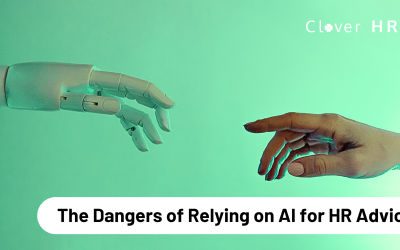On average the regular employee spends a third of each day in their workplace, and therefore it stands to reason that the condition of the physical working environment in which employees spend so much time are highly impactful on their job satisfaction, motivation, patterns of interaction and overall wellbeing – specifically when it comes to aspects such as layout, furniture, lighting, temperature as well as the inclusion of nature.
The physical environment that organisations provide for their employees to work in i.e., office space is reported to have a serious role in shaping the behavioural and psychological wellbeing of employees. Trying to carry out highly pressured roles and complete time-sensitive tasks in a dark, cramped, unwelcoming environment is highly likely to increase an employee’s stress and anxiety levels.
Important factors to take into consideration when designing a strong working environment to support employee mental health:
- Lighting and colour – Bright and open spaces with access to lots of natural light and air support employees in feeling more relaxed and connected to the outside world during working hours, as well as allowing for access to fresh air which benefits stress relief. Where little access to natural light is possible, natural colours and furnishings such as plants can provide effective results.
- Layout and space – Utilising ‘Flexi’ office spaces and open place office spaces encourage a more sociable office environment and workplace culture, where no employee feels cut off or isolated from their colleagues and team. This type of office plan also encourages communication, reducing individuals dealing with problems alone.
- Temperature – Poorly ventilated spaces and poor temperature control can cause employees to feel uncomfortable, miserable, and even physically sick at work, which in turn affects both productivity and employee mental and physical wellbeing.
- Furniture – Allowing employees flexibility in office furniture, for example, adjustability of equipment as well as different working options can improve attendance, job satisfaction and performance. Quality of furniture and adjustability helps to prevent injuries caused by sedimentary working.
- Employee control over their working environment – Modernisation of an environment and allowing employees to place their own personal touch on their working space encourages a feeling of connectivity to the company and increases their want to be at the office.
The benefit of break zones
One of the leading causes of anxiety and stress at work is that many employees feel they are unable to get away from their desks and overall office environment. Giving employees somewhere safe within the office to step away when the stresses of work feel like too much is essential for reducing workplace stress.
If you need any further advice on employee well-being, please contact Clover HR on 03301 756 601 or email us at info@cloverhr.co.uk


